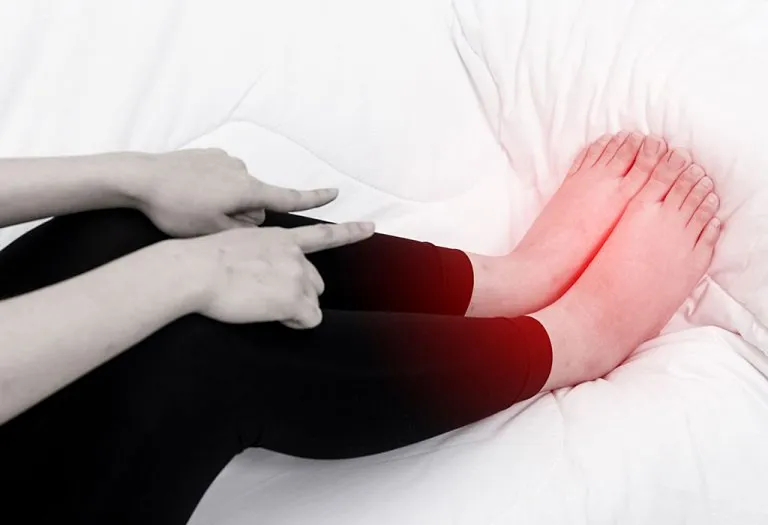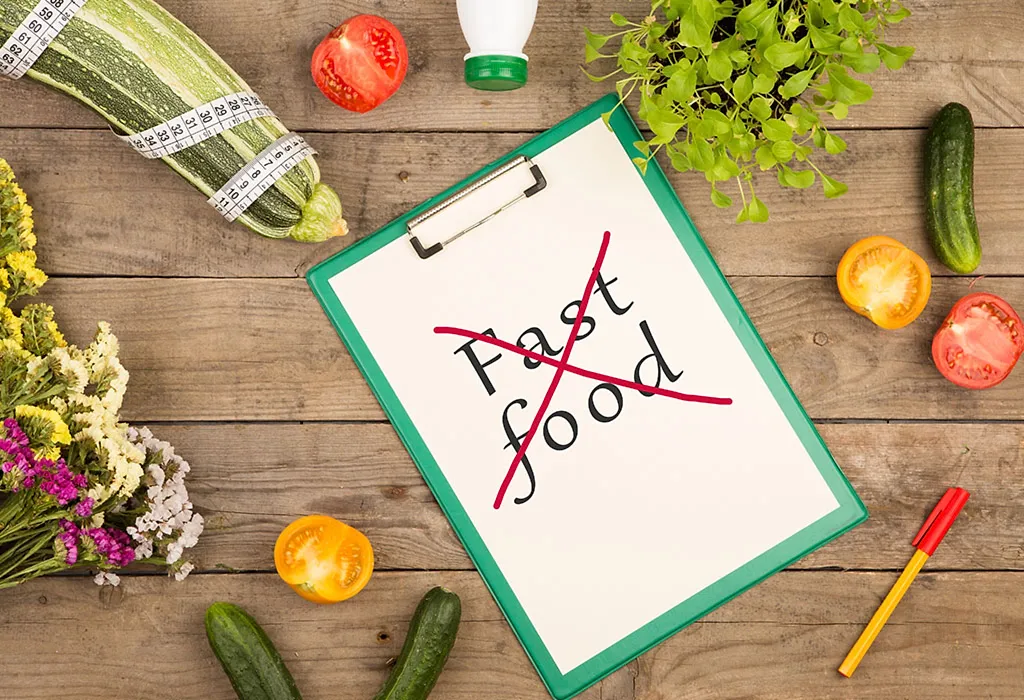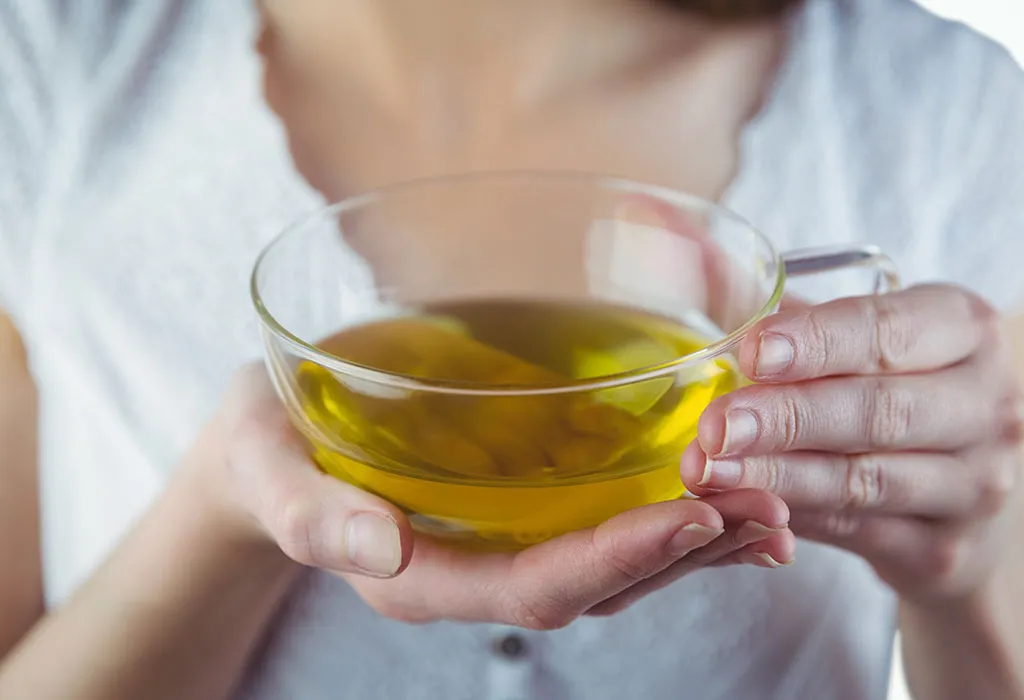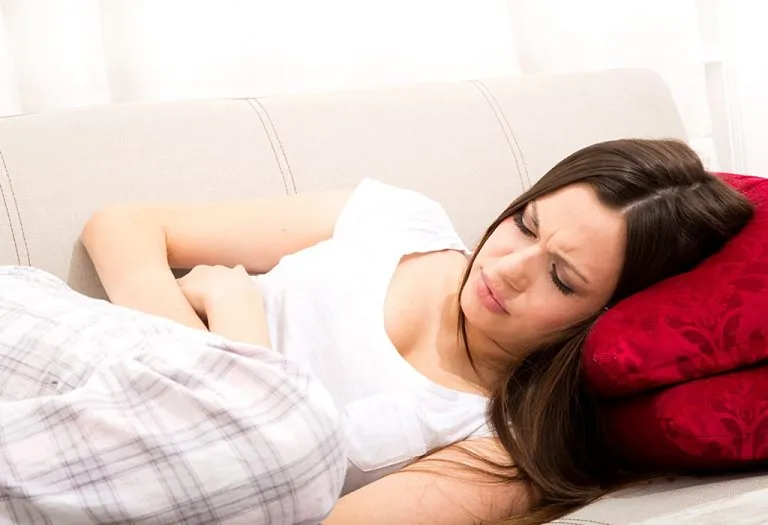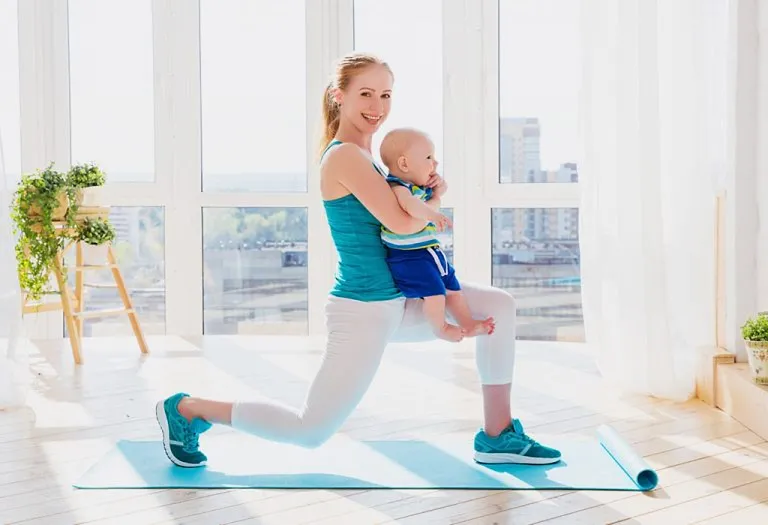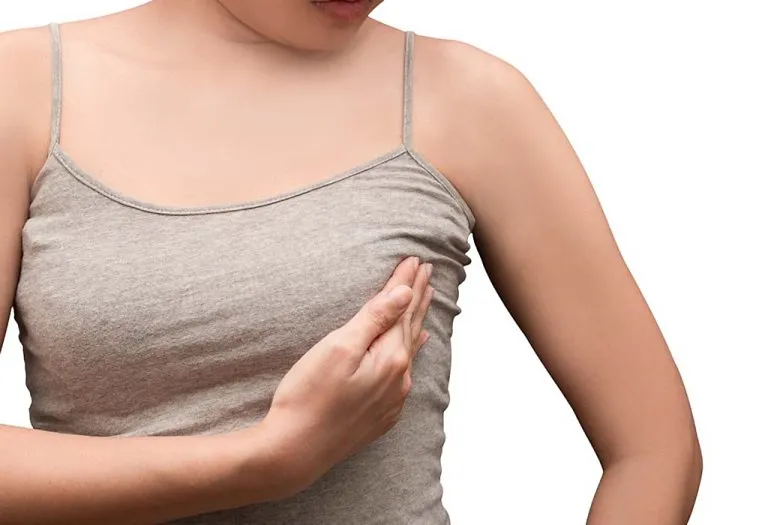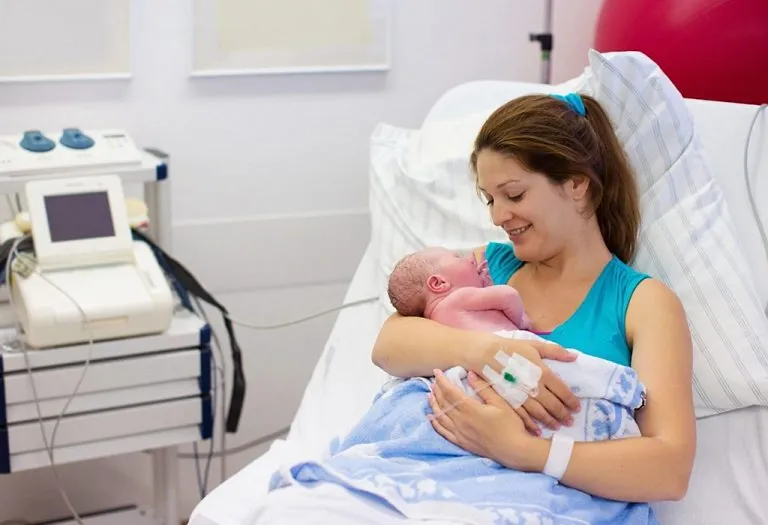Postpartum Swelling (edema) – Causes, Signs and Treatment

During pregnancy, women go through several physical changes. You might be waiting to just get done with it so you can get back to your normal lifestyle. Most think that once this phase is over, everything will fall into place, but that’s not true – you may encounter problems even after childbirth, one of them being postpartum oedema. Postpartum swelling causes puffiness in the skin, especially in the face and legs, after childbirth. Whether your delivery was challenging or straightforward, your body has experienced trauma nonetheless. Give this article a read to learn about various methods to relieve edema after childbirth. Try to remain patient with yourself. The best way to support your recovery is by resting, maintaining a healthy diet, and allowing yourself some time to relax.
What Is Postpartum Oedema?
Postpartum oedema is a condition that women go through right after pregnancy. This condition can cause swelling of the face, ankles, and belly. It can also spread to the hands and legs. The swelling can sometimes be painful, making the situation unpleasant (1).
Is Post-Pregnancy Swelling Normal?
Yes, it is normal to experience swelling after giving birth. During pregnancy, the shifting hormones cause fluid retention in your body. In fact, according to the American Pregnancy Association, blood and fluid production can increase by nearly 50 per cent (2) (3). Some of these hormones can take time to return to their pre-pregnancy levels.
When fluid accumulates in areas such as your face, hands, or feet, the swelling can become quite noticeable. Gravity pulls the fluid down to your ankles and feet, causing those areas to swell more, particularly if you spend a lot of time standing. Nonetheless, after delivery, the body slowly gets rid of the excess fluid through urine and sweat. However, it may take as long as two weeks for your body to completely eliminate all that fluid.
Types of Postpartum Swelling
Postpartum swelling varies with causes and region. The types include:
1. Breast Engorgement
Breast engorgement is the swelling of the breasts because of the excess production of milk. It is commonly seen a few days after the delivery, and the breasts tend to feel sore and tender to touch. Regular breastfeeding gradually reduces the swelling and the discomfort (4).
2. Water Retention
Water retention in medical terms is postpartum oedema (swelling). After childbirth, the mother’s body starts retaining water because of an increase in the hormone progesterone. This causes swelling in the face, legs, arms, ankles, feet, and hands. Oedema after pregnancy does not last longer than a week after the delivery, but if it persists or worsens over time, it is ideal to consult a doctor without any delay.
3. Deep Vein Thrombosis
When a blood clot forms in a deep vein, usually in the lower leg, calves, or thigh, it causes swelling, pain, tenderness, swollen veins, and warmth around the painful area. This condition is called deep vein thrombosis. Although occurring in 0.2% of women, pregnancy elevates the risk of DVT, with the highest risk after childbirth (5). In many cases, deep vein thrombosis can be serious and should be treated with immediate medical intervention (6).
4. Haemorrhoids
Haemorrhoids, commonly known as piles, is the painful swelling of a vein in the anus and lower rectum that can develop during pregnancy or during childbirth, usually because of straining and pushing during delivery. Haemorrhoids are painful, itchy, and bleed after a bowel movement. They shrink over time, but if they persist, contact your doctor (7).
Here’s what you can do about haemorrhoids:
- Apply cold witch hazel to relieve pain from haemorrhoids
- Soak in a warm water bath (preferably a sitz bath)
- Apply haemorrhoid creams and ointments
- Eat fibre-rich food and drink plenty of water to ensure a pain-free bowel movement
- Avoid sitting down for longer periods, as they can put pressure on your haemorrhoids
- When sitting down, use a soft pillow or a foam donut pillow to sit on to relieve pressure
Causes of Postpartum Swelling/Oedema
There are a few reasons why postpartum oedema occurs in pregnant women:
1. Hormones
Progesterone is a hormone that is produced in large quantities during pregnancy. This can cause the body to retain sodium and water, which leads to swelling.
2. IV Fluids
IV fluids are used during labour to prevent dehydration. However, it can also lead to inflammation, an after c-section swelling, and excess breast swelling (8).
3. Hypoproteinemia and Anaemia
Hypoproteinemia is a condition characterised by lower-than-normal levels of protein in the body. When a person has a deficiency of red blood cells in her body, it’s called anaemia. If a mother contracts any or both of these ailments after delivery, she may, in turn, suffer from postpartum oedema.
4. Hypertension
Medical conditions like chronic hypertension and pregnancy-induced hypertension, as well as hypothyroid renal disorders, can be a cause of postpartum swelling.
Symptoms of Swelling After Pregnancy
Some of the symptoms of postpartum oedema are:
- Swollen hands and feet
- Weight gain
- Swollen ankles
- Puffy skin
Does the Swelling Go Away on Its Own?
After pregnancy, if you notice swelling in your arms, feet and other parts of the body, don’t panic as it will go away on its own. At most, it might take a couple of weeks. Swelling happens in most women because of fluids that remain in the body after childbirth.
What Is the Treatment for Post-pregnancy Oedema?
Post-pregnancy oedema is common and usually does not need any special treatment. There are simple treatments which you can try at home which can reduce the swelling and pain. However, if the situation gets worse, you need to consult a doctor since it could be a sign of other health complications.
Home Remedies to Reduce Post-Pregnancy Swelling
Some home remedies for swollen feet after pregnancy are listed below:
1. Massage
Give yourself a soothing massage as this improves blood flow and eventually soothes pain. The American Pregnancy Association suggests postpartum massage for relaxation, alleviation of pain, and decreased swelling (9).
2. Exercise
Doing exercise is a great way to get back your pre-pregnancy shape and also reduce swelling. As per a study, swimming and water gymnastics help reduce peripheral oedema (10).
3. Drink Lots of Water
Water helps to flush out excess fluids from the body, thus reducing swelling. A lot of people think that if you drink water, there will be more fluids in the body. However, that is incorrect.
4. Eat Fruits
Fruits have anti-inflammatory properties, so eating a lot of them will help to increase metabolism and speed up healing.
5. Eat protein-rich foods
Low protein in the body is a reason for swelling, and so it is beneficial to start adding high-protein foods to your diet.
6. Keep Processed & Fast Foods Away
Avoid processed and fast foods as they have high levels of sodium, which leads to the retention of fluids in the body.
7. Elevate Your Feet and Hands
Elevate your hands and feet regularly to improve blood circulation. This will eventually reduce the swelling in the body.
8. Avoid Being in a Stationary Position
Body movement matters a lot when it comes to blood circulation. Sitting and standing in the right way and for the right amount of time helps to reduce swelling and better the blood flow.
9. Rest Well
Avoid exerting yourself when your body is swollen, and if you are experiencing pain. Rest it out if things get too much.
10. Soak Your Feet
Soaking your feet in warm water with sea salt or bath salts can help soothe the pain and reduce swelling.
11. Do Yoga in the Morning
Yoga is yet another stress and pain reliever. It helps in better circulation of the blood, leading to less swelling in the body.
12. Herbal Teas
Coffee and other caffeinated products can increase dehydration, prompting the body to retain more fluids. This will only delay your recovery from postpartum oedema. Instead, replace these beverages with herbal teas like dandelion tea to battle swelling and prevent fluid retention in the body.
13. Reflexology
This is a great way to soothe those aching muscles. Reflexology is calming and helps a lot with pain and swelling of the feet.
14. Cabbage Leaves
Placing cabbage leaves on the swollen areas helps to reduce pain and discomfort as it draws out extra fluids from the body.
15. Avoid Tight Clothes
When in pain from the swelling, allow your body to breathe by wearing loose and comfortable clothes.
16. Avoid Heavy Exercises
Exercising is definitely a great relief for swollen feet after pregnancy, but heavy exercise can inadvertently lead to body aches that can make things worse.
17. Wear Compression Socks for Support
The clothes you wear make a lot of difference. Wearing compression socks that do not have tight elastic but are supportive can help relieve postnatal oedema (11).
18. Relaxing Bath
A relaxing bath in warm water, along with soothing oils, is helpful. Ask your doctor about the oils that are safe to use. Avoid those you feel might cause an allergic reaction.
19. Reduce the Intake of Salt
Salt is nothing but sodium in a different form. Excessive intake of salt can lead to water retention and swelling in the body. Check the ingredients label for the amount of salt before buying processed foods like cakes, chips and soft drinks. As per the 2015–2020 Dietary Guidelines for Americans, people should eat no more than 2,300 milligrams of sodium per day (12).
20. Eat Foods Rich in Potassium
The sodium and potassium content in the body should always be balanced. Consuming more potassium-rich foods such as bananas, avocados, spinach, yoghurt, and peanut butter will bring down the levels of sodium in the blood.
How to Deal With Incision Swelling After Giving Birth?
After a C-section delivery, there are increased chances of developing swelling in the legs. In such cases, you can use an ice compressor or take a shower in warm water to reduce the pain. Avoid bath lotions if your stitches haven’t fully healed.
How to Prevent Post-pregnancy Oedema
The swelling that happens after pregnancy is natural. However, there are some ways to prevent post-pregnancy swelling. Although these are helpful, they do not work for all women. Some preventive methods are:
- Drink plenty of water
- Wear comfortable shoes
- Avoid standing in a stationary position for a long time
- Avoid drinking caffeine
- Do mild post-pregnancy workouts
- Do not skip on your postpartum rest
When Should You Worry About Postpartum Oedema?
Postpartum oedema is not a disease or sickness to be worried about. Usually, it goes down in a week’s time. Very rarely does the condition last for weeks. However, in the following cases, you may need to seek medical help:
1. If It Lasts for Several Weeks
If your oedema lasts for several weeks, it is best to consult a doctor. You can try out various methods to reduce the pain.
2. Unbearable Pain
The pain may be excruciating, and you may need some form of pain relief medication. But in your weakened state, it is not a good idea to start popping pills without consulting a doctor.
3. Breathing Problems
Breathing problems can be a sign of an impending congestive heart failure. You will need immediate medical attention if this is the case.
FAQs
1. How long does postpartum swelling last?
The postpartum swelling fluids gradually reduce over the first week after childbirth through pee and sweat.
2. Why did I get swollen feet after my c-section?
The likelihood of fluid retention that happens during your pregnancy and c-section delivery, pooling in your legs and feet is completely normal. It typically eases up within the first two weeks after delivery.
3. Will my feet ever get back to the size they were before pregnancy?
If you are panicking about your feet never going back to their original shape, then you don’t need to worry. The swelling that happens after pregnancy is a natural process because of excess fluid in the body. Over time, your feet will get back to their natural form.
The journey of pregnancy and post-pregnancy is challenging. While you are already going through a lot, swelling and pain can make the transition more difficult. However, it is a common condition that many women undergo after pregnancy. Hence, stay calm and prepared. By following the steps mentioned above, the pain can be managed or even avoided.
References/Resources:
1. March of Dimes – Your body after baby: The first 6 weeks
2. American Pregnancy Association – Swelling During Pregnancy
3. PubMed Central – Physiological changes in pregnancy
4. Children’s Hospital of Philadelphia – Breast Engorgement
5. RCOG – Diagnosis and treatment of venous thrombosis in pregnancy and after birth
6. Mayo Clinic – Deep vein thrombosis (DVT)
7. Cleveland Clinic – Hemorrhoids
8. BMC – Maternal intravenous fluids and postpartum breast changes: a pilot observational study
9. American Pregnancy Association – Postpartum Massage
10. EJCN – Impact of physical activity on course and outcome of pregnancy from pre- to postnatal
11. PubMed Central – Graduated compression stockings
12. USDA – 2015-2020 Dietary Guidelines for Americans
Also Read:
Postpartum Yoga
Postpartum Cramps
Postpartum Preeclampsia
Tips for Postpartum Exercises
Causes of Postpartum Fatigue
Was This Article Helpful?
Parenting is a huge responsibility, for you as a caregiver, but also for us as a parenting content platform. We understand that and take our responsibility of creating credible content seriously. FirstCry Parenting articles are written and published only after extensive research using factually sound references to deliver quality content that is accurate, validated by experts, and completely reliable. To understand how we go about creating content that is credible, read our editorial policy here.






